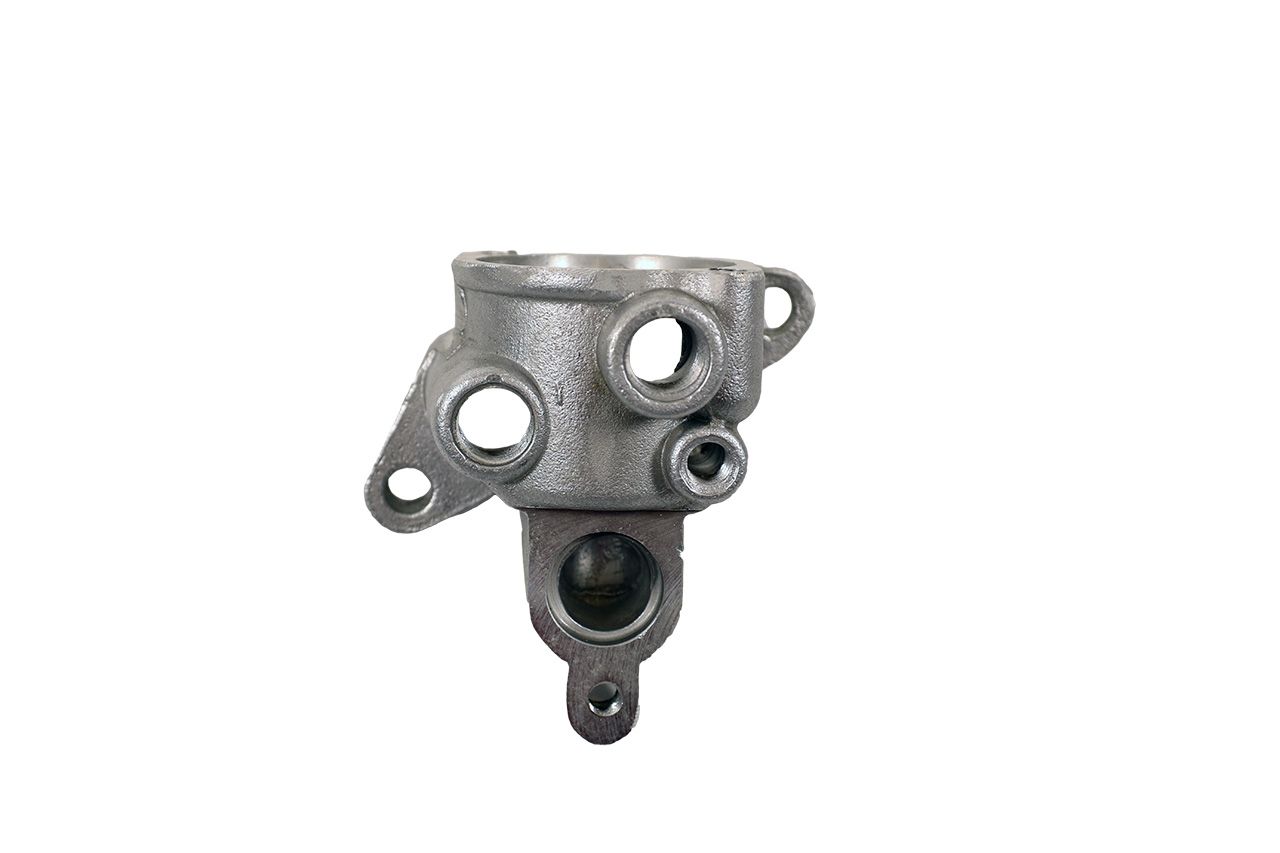AN hoses and fittings are usually used in high-performance and race cars. Typically, AN hoses are utilised for hydraulic fluids, coolant, oil, and fuel. AN is an acronym for Army-Navy since the configuration was based on the standard fluid connections used during World War II. They are often applied in aviation; however, they will also end up on race cars and streetcars like most high-quality aviation equipment.
Usually, most people choose AN fittings because they can offer secure fitting and look cool. In addition, they are capable of sealing hoses much better than common hose clamps and push on nipples. If you are looking for a good seal, then this is the best option. These fittings are also perfect for bulkhead pass-throughs such as those seen on the outer part of fuel cells.
AN Fitting Types
Commonly, there are three types of AN fittings connections used in high-performance vehicles and race cars. These are associated with the way the hose is connected. The three types are push lock, reusable hose ends, and crimp type. You can either choose the non-swivel or swivel version for easy installation.
Hoses usually use crimp-type fittings since a hydraulic press with dies will be needed to properly fit the collar into the hose ends. These dies and machines are quite expensive, so race teams or individuals do not commonly use them. The crimp-style hose will need a new crimp collar so you can reuse it. When crimped properly, they tend to be the most reliable and the strongest fitting.
The two popular types typically used by race teams or home mechanics are the push lock and reusable hose ends. It is because they can be easily assembled and maintained with the use of hand tools. In addition, both of them have the same form, factor and size.
The push-lock-type hoses are easy to assemble since they are only a one-piece unit with a barbed end. Push locks commonly use coated hoses since it does not include a feature that prevents the braid from disengaging. It would help if you used force in installing the hose over the barb. Either you can use the barb alone or an additional clamp to keep the hose in place.
When it comes to the reusable hose ends, a two-part system will keep the hose in place. First, they are commonly used with a braided hose, which is either nylon or stainless steel. Second, reusable hose ends come in various angles, sizes, and colours. Although they are a bit heavier, they can keep the hose more secure than push locks.
The sockets from the hose will be unthreaded from its body. Then, the braided hose will be embedded into the socket. When assembling, you should thread the socket over the nipple. In this way, the hose’s inner diameter will be enforced over the taper.
The features and shapes will clamp the hose securely to avoid leaks and manage the pressure. Tightening the female nut end into its male fitting counterpart is important to obtain a full seal along the tapered surface.
AN Sizes
At first, identifying the AN sizes can be a bit confusing. However, when you get adapted to it, you can quickly recognise the size by simply looking at the fitting. AN size relates to the outer diameter of the hose.

